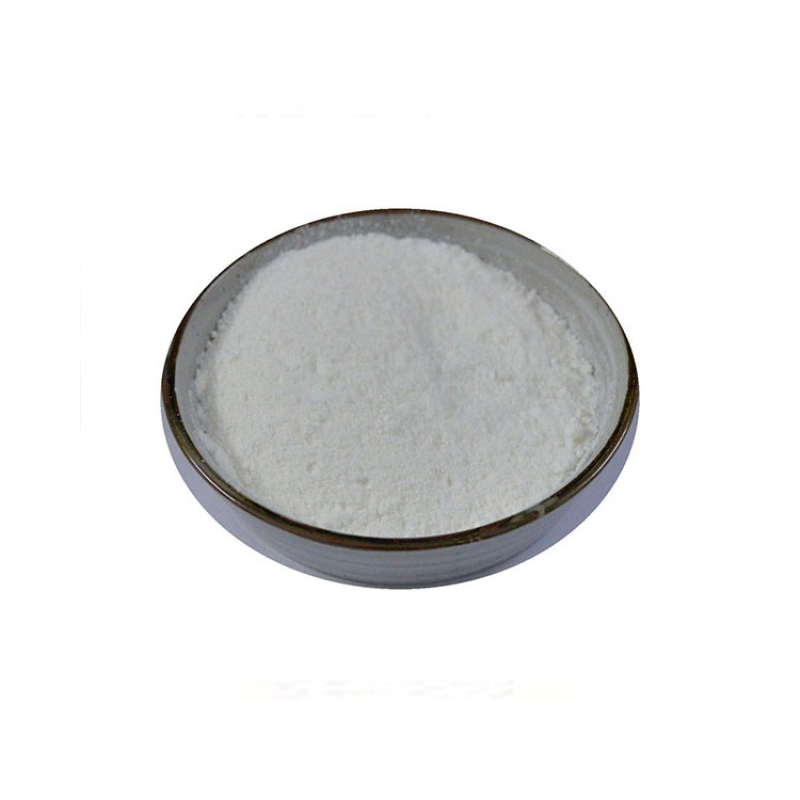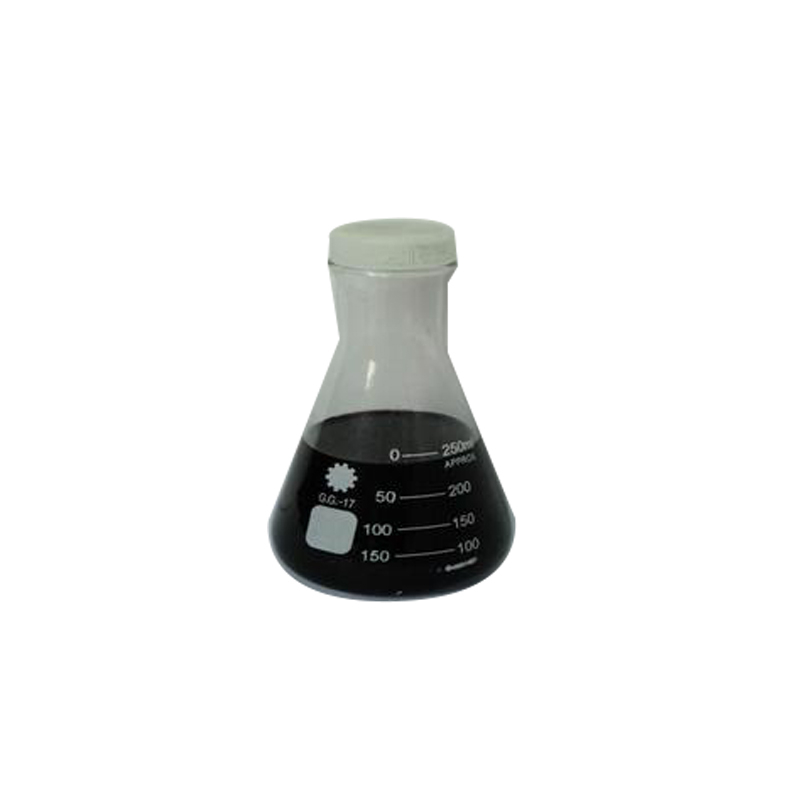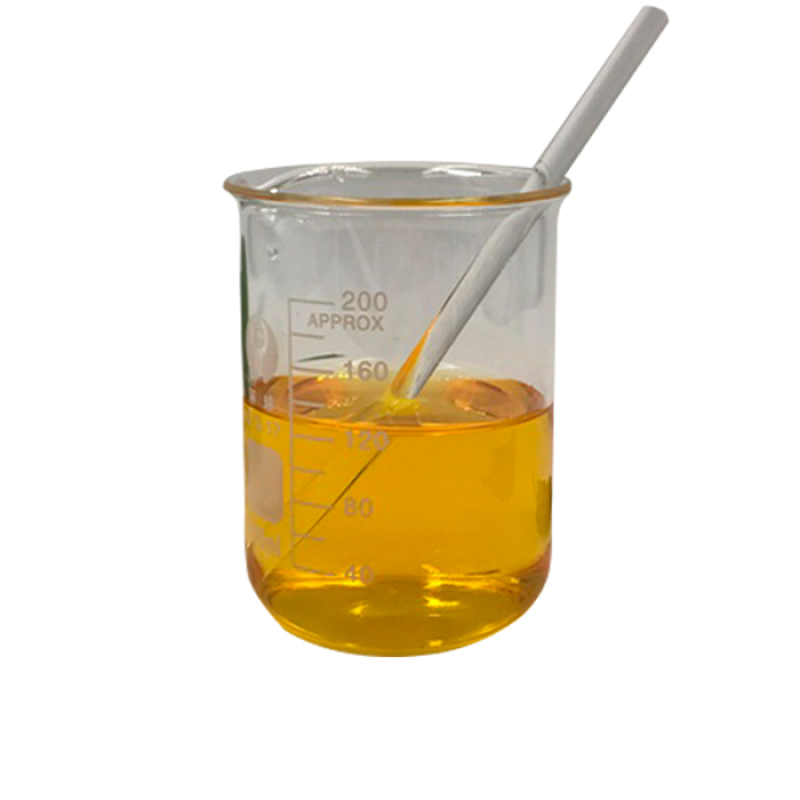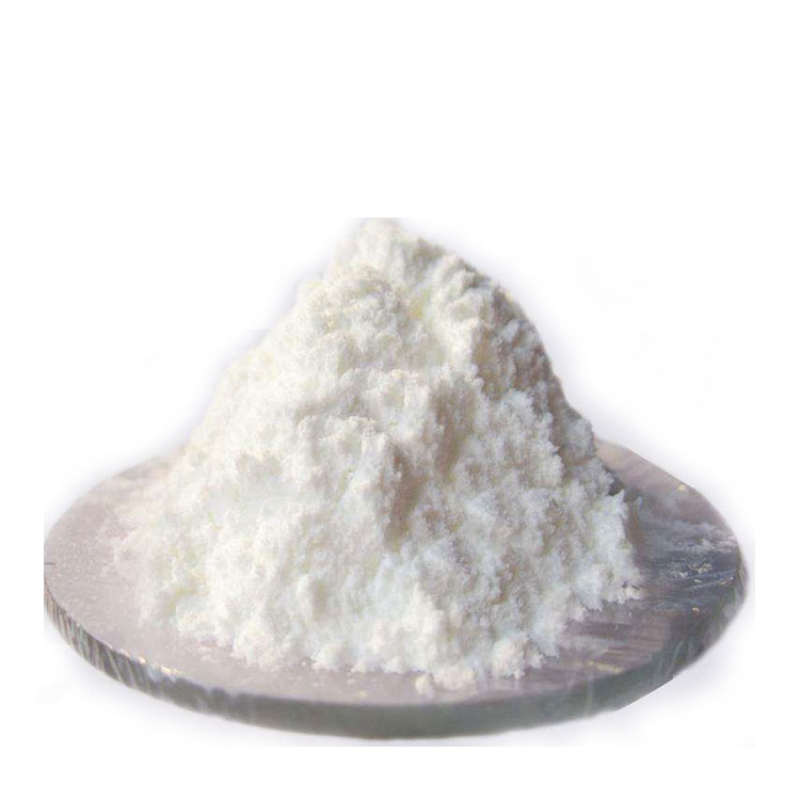Cyclohexanol, 4,4-(1-methylethylidene)bis-, polymer with (chloromethyl)oxirane CAS#30583-72-3Hydrogenated bisphenol A epoxy resin is mainly used in insulating materials.Cyclohexanol, 4,4-(1-methylethylidene)bis-, polymer with (chloromethyl)oxirane Chemical Propertiesdensity 1.135[at 20℃]vapor pressure 0.002Pa at 20℃Water Solubility 58.6mg/L at 30℃InChIInChI=1S/C15H28O2.C3H5ClO/c1-15(2,11-3-7-13(16)8-4-11)12-5-9-14(17)10-6-12;4-1-3-2-5-3/h11-14,16-17H,3-10H2,1-2H3;3H,1-2H2InChIKeyCSSRVVKVKAJYLJ-UHFFFAOYSA-NSMILESC(C1CCC(O)CC1)(C1CCC(O)CC1)(C)C.C(C1OC1)ClLogP3.84 at 20℃EPA Substan
Contact Now
Products Description of OBSH CAS#80-51-34,4'-Oxobenzenesulfonylhydrazide, also known as bis(benzenesulfonylhydrazide) ether, is an organic compound with the chemical formula C12H14N4O5S2.
Contact Now
Hexane CAS# 110-54-3Hexane is a incredibly flammable, colorless, volatileliquid with a gasoline-like odor. The water/odor threshold is0.0064 mg/L and the air/odor threshold is 230- 875 mg/m'Molecular weight= 86.20; Specific gravity (H2O:1)= 0.66; .Boiling factor = 68.9℃; FreezingMelting point= -139.49C; .Relative vapordensity (air= 1)= 3.0; V aporpressure = 124 mmHg at 20℃; Flash point=一21.6℃ (cc);Autoignition temperature = 225℃.Explosivelimits: .LEL= 1.1%, UEL= 7.5%.
Contact Now
Products Description of 2-Aminobenzotrifluoride CAS#88-17-5O-aminotrifluorotoluene is a colorless or light yellow transparent liquid with a relative density of 1.282, a melting point of 34-35°C, and a boiling point of 174-175°C. It is slightly soluble in water and easily soluble in organic solvents such as alcohol and ether. It is the most popular chemical product in recent years.
Contact Now
Products Description of Clotrimazole CAS#23593-75-1Clotrimazole is a synthetic azole antifungal drug that has inhibitory effects on a variety of pathogenic fungi and can also have a bactericidal effect at high concentrations.
Contact Now
Products Description of Trimanganese tetraoxide CAS#1317-35-7Manganese tetraoxide is a black tetragonal crystal, also known as manganese pyroxene, black manganese ore, and active manganese oxide. It is calcined into crystals and belongs to the spinel class. It is an important industrial raw material.Manganese tetraoxide is mainly used in the electronics industry and is a raw material for producing soft ferrites. Soft ferrites are made by sintering and molding manganese, zinc, and iron oxides in a certain ratio.
Contact Now
Products Description of OXALIC ACID CAS#68603-87-2Oxalic acid standard solution is mostly used for quantitative detection of oxalic acid content in food and medicine. For example, oxalic acid standard solution can be used to determine the oxalic acid content in edible mushroom broth.
Contact Now
Products Description of Sulfamic acid CAS#5329-14-6Aminosulfonic acid is a colorless, odorless and non-toxic solid strong acid. Its aqueous solution has the same strong acid properties as hydrochloric acid, sulfuric acid, etc., but its corrosiveness to metals is much lower than that of hydrochloric acid, etc. It is extremely toxic to the human body, but it cannot be in contact with the skin for a long time, let alone enter the eyes.Due to its strong acid properties, it is also called solid sulfuric acid.
Contact Now
Products Description of Madecassic acid CAS#18449-41-7Madecassoside (MC) is the main active ingredient of triterpenoid saponins in Centella asiatica Urb., a plant of the Umbelliferae family. Studies have shown that MC has a wide range of pharmacological activities in vivo and in vitro, and can reduce collagen-induced arthritis inflammation, promote the proliferation of human fibroblasts cultured in vitro, treat or prevent hypertrophic scars and keloids, and protect myocardial ischemia-reperfusion injury.
Contact Now
Products Description of 2,3,4,5-Tetrafluorobenzoic Acid CAS#1201-31-62,3,4,5-Tetrafluorobenzoic acid is a chemical substance with the molecular formula C7H2F4O2.Colorless flaky crystals.
Contact Now
Ethyl acetate CAS# 141-78-6Chemical Properties:Ethyl acetate (structure shown above) is the most familiar ester to many chemistry students and possibly the ester with the widest range of uses. Esters are structurally derived from carboxylic acids by replacing the acidic hydrogen by an alkyl or aryl group. Ethyl acetate itself is a colourless liquid at room temperature with a pleasant "fruity" smell, b.p.
Contact Now
Products Description of Citric Acid Monohydrate CAS#5949-29-1 Citric acid monohydrate is an organic compound with the chemical formula C6H10O8 and a molecular weight of 210.139.
Contact Now
Products Description of Kojic acid CAS#501-30-4Kojic acid, also known as kojic acid and kojic acid, is an organic acid with antibacterial effect produced by aerobic fermentation of glucose by Aspergillus candida at 30-32°C. Its molecular structure is a γ-pyrone with a substituent. Among the γ-pyrone compounds existing in nature, the only famous compounds are kojic acid and maltol. In 1907, Saito separated kojic acid crystals from rice koji. It was named by Yabuta in 1912 and its structure was determined in 1924.
Contact Now
Products Description of (1S)-(+)-Camphor-10-sulphonic acid CAS#3144-16-9Optically active left- and right-handed camphorsulfonic acid is an important resolving agent for chiral isomer drugs.
Contact Now
Products Description of Boric acid CAS#11113-50-1Boric acid is also called "orthoboric acid". It is derived from the interaction between natural borax (sodium borate) and acid. Soluble in water, ethanol and glycerin. The aqueous solution is acidic and is a monovalent weak acid. Solubility in water increases with temperature. Heated to 169℃ (±1℃), dehydration will produce metaboric acid, and 300℃ will form boric anhydride. Neutralize with strong base to obtain metaborate.
Contact Now
Products Description of Guaifenesin CAS#93-14-1Guaifenesin, also known as methyl glyceryl benzene diether, guaifenesin, guaifenesin glycerol ether, and glyceryl guaifenesin, is a stimulating expectorant. After oral administration, it can stimulate the gastric mucosa, reflexively cause increased secretion of bronchial mucosal glands, reduce the viscosity of sputum, and make sticky sputum easier to cough up. It is suitable for treating people with a lot of sputum that is difficult to cough up.
Contact Now
Products Description of 1,2,3,4-TETRAHYDROISOQUINOLINE CAS#91-21-4Tetrahydroisoquinoline (TIQ) is an organic compound with the chemical formula C9H11N. It is classified as a secondary amine and is obtained from isoquinoline by hydrogenation.
Contact Now
Products Description of 1-Hydroxyethylidene-1,1-diphosphonic acid CAS#2809-21-4Hydroxyethylidene diphosphonic acid, also known as HEDP, is a diphosphate compound used in detergents, water purification processes, cosmetics and pharmaceutical production.
Contact Now
Products Description of 1-Aminocyclopropanecarboxylic acid CAS#22059-21-81-Aminocyclopropanecarboxylic acid is a cyclic amino acid, also known as ACC, which is a non-protein amino acid widely found in fruits such as pears and apples. It is synthesized from methionine in plants, and finally produces ethylene after various steps of conversion in plants.
Contact Now
Products Description of L-Threonic acid magnesium salt CAS#778571-57-6Magnesium L-threonate (MgT, pronounced "Mag T") is a chemical substance discovered by Professor Liu Guosong and a team from Tsinghua University and MIT.L-Threonic acid magnesium salt Chemical Propertiesstorage temp. Inert atmosphere,Room TemperatureInChIInChI=1S/2C4H8O5.Mg/c2*5-1-2(6)3(7)4(8)9;/h2*2-3,5-7H,1H2,(H,8,9);/q;;+2/p-2InChIKeyYVJOHOWNFPQSPP-UHFFFAOYSA-LSMILESC(C1=O[Mg+2]2(O=C(C(O)C(O)CO)[O-]2)[O-]1)(O)C(O)COProduct Application of L-Threonic acid magnesium salt CAS#778571-57-6Magnesium, as a
Contact Now
Products Description of Piperonyl butoxide 95% CAS#51-03-6Synergyl ether can improve the insecticidal activity of pyrethrins and various pyrethroids, rotenone and carbamate insecticides. It can also improve the insecticidal activity of fenitrothion, dichlorvos, chlordane, triclofenac and atrazine. etc. have a synergistic effect and can improve the stability of pyrethrum extract. When house flies are used as the control object, this product has a higher synergistic effect on permethrin than octachlorodipropyl ether; however, it cannot synergize cypermethrin in knocking down house flies.
Contact Now
Products Description of Tetradecyldimethylbenzylammonium chloride CAS#139-08-2Benzyldimethyltetramethylammonium chloride is a quaternary ammonium salt used for eye care or treatment of eye diseases. It is an ion association reagent for extraction photometric analysis and a sensitizer for metal photometric determination. It can be dissolved in water and ethanol in any proportion, and can be used with cationic, nonionic surfactants or dyes at the same time. It should not be used with anionic surfactants or additives.
Contact Now
Products Description of Polysorbate 20 CAS#9005-64-5Appearance: amber viscous liquid, with slight special odor, slightly bitter taste. Relative density is 1.08-1.13, boiling point is 321℃. Soluble in water, ethanol, methanol and ethyl acetate, insoluble in mineral oil and petroleum ether. HLB value is 16.7. Oral LD50 of rats is 37g/kg, Adl0-25mg/kg (FAO/WHO, 1994).
Contact Now
3,6-Dichloro-4-methylpyridazine CAS#19064-64-33,6-Dichloro-4-methylpyridazine Chemical PropertiesMelting point 86-88 °C (lit.)Boiling point 149-151 °C/21 mmHg (lit.)density 1.5462 (rough estimate)refractive index 1.6300 (estimate)Fp 149-151°C/21mmstorage temp. Keep in dark place,Sealed in dry,Room Temperaturesolubility Methanol[soluble in]solubility soluble in Methanolform Crystalline Powderpka-0.56±0.10(Predicted)color BrownBRN 119573InChIKeyROYHWGZNGMXQEU-UHFFFAOYSA-NCAS DataBase Reference19064-64-3(CAS DataBase Reference)NIST Chem
Contact Now



































